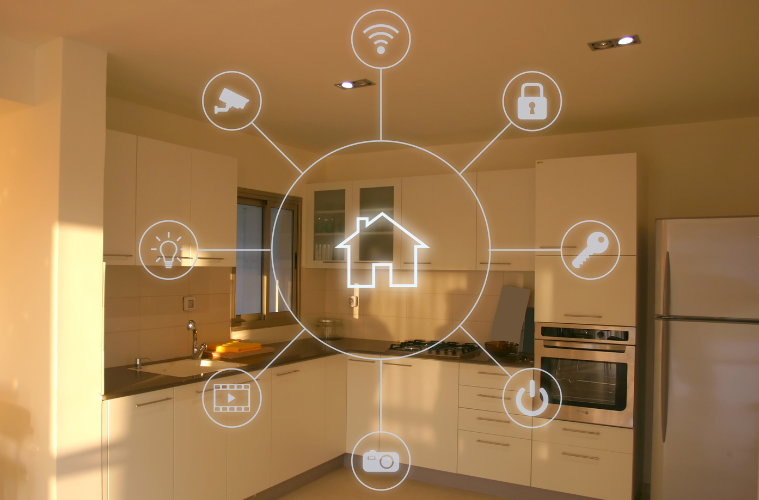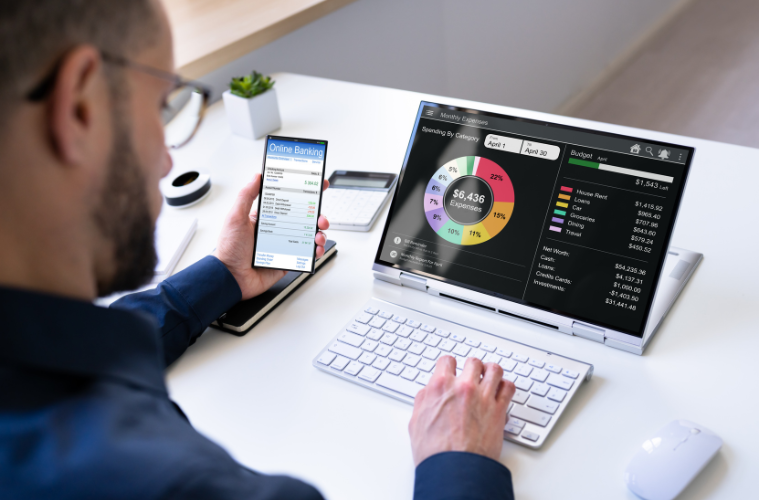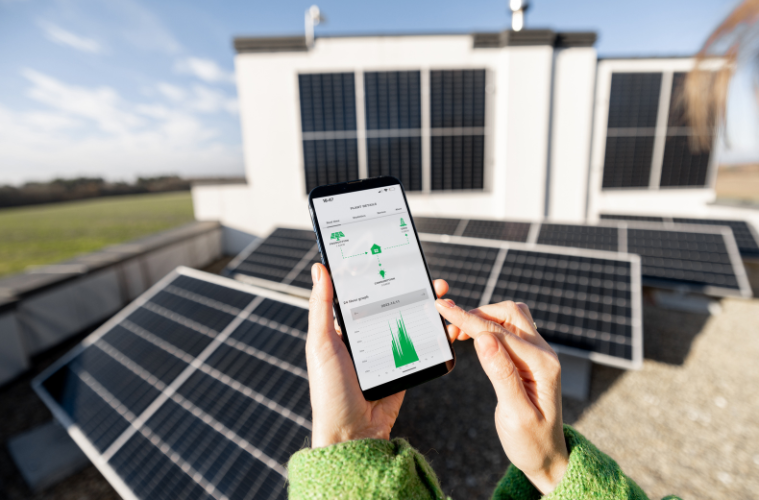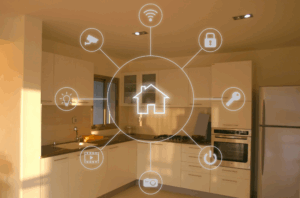
In today’s world, technology does more than just keep us connected; it can also help us save money. With the right apps, smart devices, and energy-saving tools, you can reduce your utility bills, manage subscriptions, and make more informed financial decisions. Whether you’re looking to cut down on energy costs, monitor your spending, or avoid late fees, technology has a solution.
Here’s how you can use tech to start saving on your bills today.
1. Use Smart Plugs and Power Boards
Ever heard of “phantom energy”? It’s the power your devices use when they’re plugged in but not in use, and it adds up. Smart plugs and power boards help combat this by allowing you to turn appliances off remotely or set timers to switch them off at night.
For example, you can schedule your TV, gaming consoles, or chargers to power down automatically after a certain time. Some smart plugs even give you energy usage data so you can see which devices are costing you the most.
2. Install a Smart Thermostat
Heating and cooling your home can be one of your biggest expenses, especially during Australian summers and winters. A smart thermostat learns your schedule and adjusts the temperature accordingly. It can automatically switch off the aircon when you leave home or reduce heating overnight.
Many models also offer remote control via your smartphone, so if you forget to turn off the heat before heading out, you can do it with a tap. Brands like Google Nest, Ecobee, or even basic programmable models can lead to significant savings over time.
3. Track Your Spending with Budgeting Apps

Bills don’t just include utilities. Subscriptions, insurance, groceries, and entertainment can quietly creep up. Budgeting apps like Pocketbook, YNAB (You Need A Budget), Frollo, or MoneyBrilliant help you track your expenses, spot trends, and set savings goals.
Many of these apps connect directly to your bank accounts and categorise transactions automatically. Some will even alert you when bills are due or when you’ve overspent in a certain category.
4. Audit Your Subscriptions
How many streaming services, apps, or memberships are you actually using? Subscription tracking apps like Truebill (now Rocket Money) or Trim identify recurring payments and make it easy to cancel unused ones.
You can also use your bank’s app (many now offer this feature) to identify recurring transactions. Even cancelling just one or two unused subscriptions can save you hundreds each year.
5. Switch Providers with Comparison Tools
Whether it’s energy, mobile plans, or internet, there’s a good chance you’re overpaying. Comparison sites and apps like iSelect, Compare the Market, Energy Made Easy, or WhistleOut let you compare plans in your area and switch providers easily.
Many of these platforms also alert you when a cheaper option becomes available or when your plan is due for renewal. Don’t set and forget switching; once a year, it can lead to major savings.
6. Use Solar Monitoring Apps (If You Have Solar)

If you’ve invested in solar panels, you’ll want to maximise your return. Solar monitoring apps provided by your installer or third-party apps like SolarEdge, Enphase, or Reposit help you track your system’s performance.
You can see how much energy you’re producing and using, and adjust your consumption habits accordingly — for instance, running appliances during peak solar hours to reduce grid reliance.
7. Automate Payments to Avoid Late Fees
While not a direct discount, avoiding late fees is one of the simplest ways to keep your money in your pocket. Most banks or billing platforms allow you to set up auto-pay for recurring bills.
For extra control, you can also set reminders or calendar alerts a few days before a bill is due. Many personal finance apps include this feature, too. Consistent, on-time payments also help build a stronger credit history
8. Monitor Water Usage with Smart Devices
In places like Australia, where water conservation is crucial, smart water meters and leak detectors can help save both water and money. These devices alert you to leaks, track usage in real-time, and some can even shut off water automatically in case of emergencies.
Even a slow-dripping tap can waste thousands of litres over a year; a smart monitor can help you catch issues early.
Final Thoughts

Technology is no longer just a luxury; it’s a powerful tool for financial health. From smart home devices that reduce waste to apps that track every dollar, using tech to manage your bills can lead to real savings without major lifestyle changes.
Start small. Pick one or two tools that suit your lifestyle and budget. Over time, these digital habits can lead to significant cost cuts and greater peace of mind.
Remember: Smart choices now lead to smarter savings later.





